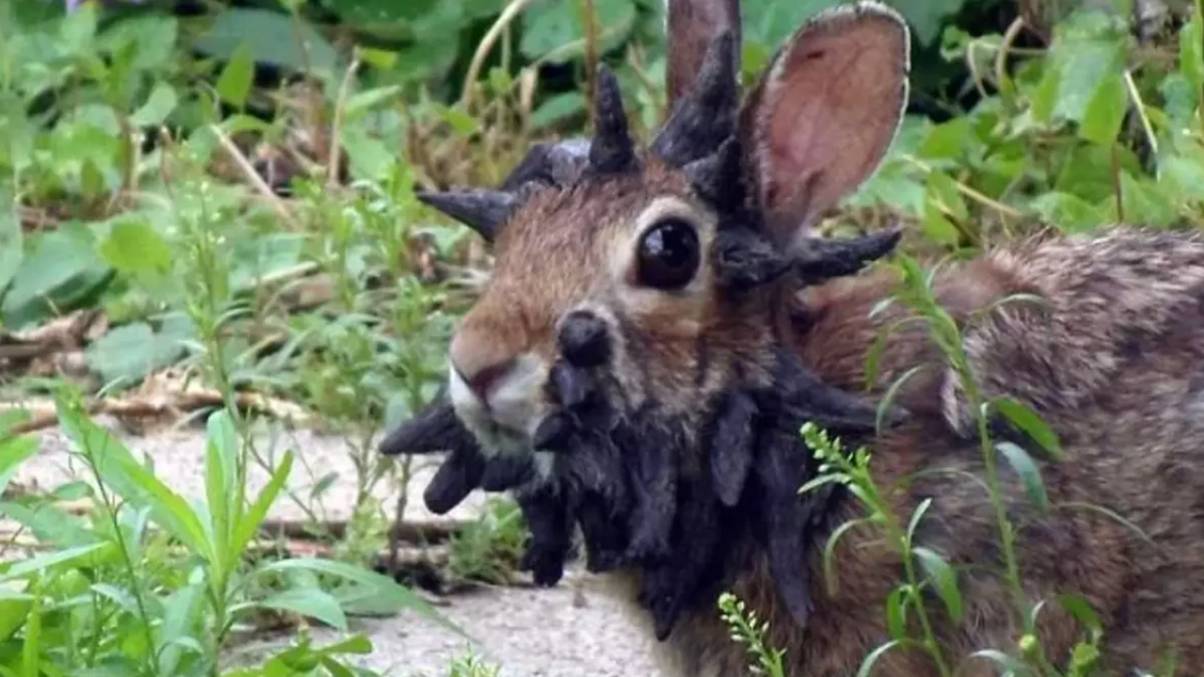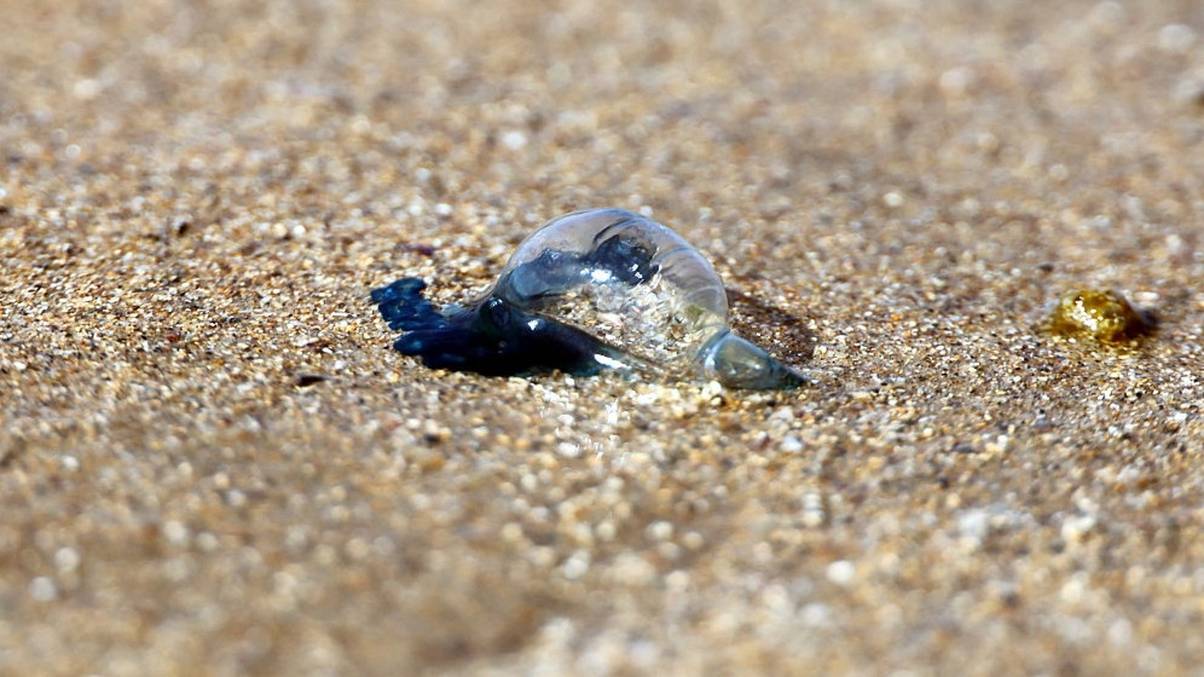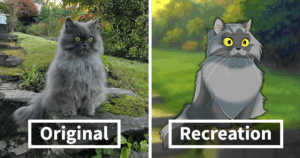Mysterious ‘Tentacles’ Linked to Rabbit Disturbances Spark Urgent Community Alert
Ever come across a rabbit straight out of a sci-fi flick, sporting what looks like tiny black tentacles sprouting from its face? Well, if you’re roaming the Midwest of the US, you might just bump into these uncanny “Frankenstein bunnies” that have been stirring up quite the buzz—and a bit of a nightmare or two—online. A local in Colorado spotted these creepy critters with what could only be described as black quills poking out all around their mouths, making you wonder if you accidentally wandered onto the set of a horror flick instead of a backyard garden. But before you go imagining an invasion of zombie rabbits, it turns out these eerie growths are caused by the Cottontail Rabbit Papilloma virus (CRPV), which while troubling for the rabbits, isn’t something that’s hopping its way to humans anytime soon. Curious yet? Dive into the bizarre world of these tentacled rabbits and what’s really behind this unsettling sight. LEARN MORE.
A local who has seen multiple rabbits with ‘tentacles’ has made a chilling observation about the animals.
Chilling headlines have been made this week regarding wild rabbits and their unsettling appearance, as people in a region of the US have noticed them growing ‘face tentacles’.
The poor things have been spotted across the Midwest with black growths that appear tentacle-like sticking out of different areas of their body, in a sight that has freaked a number of social media users out.
Infected rabbits have been snapped and shared online, as millions worried if pets or humans could be affected by the condition.
It’s not a pretty sight by any means, with people even describing them as ‘zombie-like’ and something you might see in a ‘nightmare’.
Experts have confirmed that the herbivores have Cottontail Rabbit Papilloma virus (CRPV), an infection which locals have been worried about contracting.
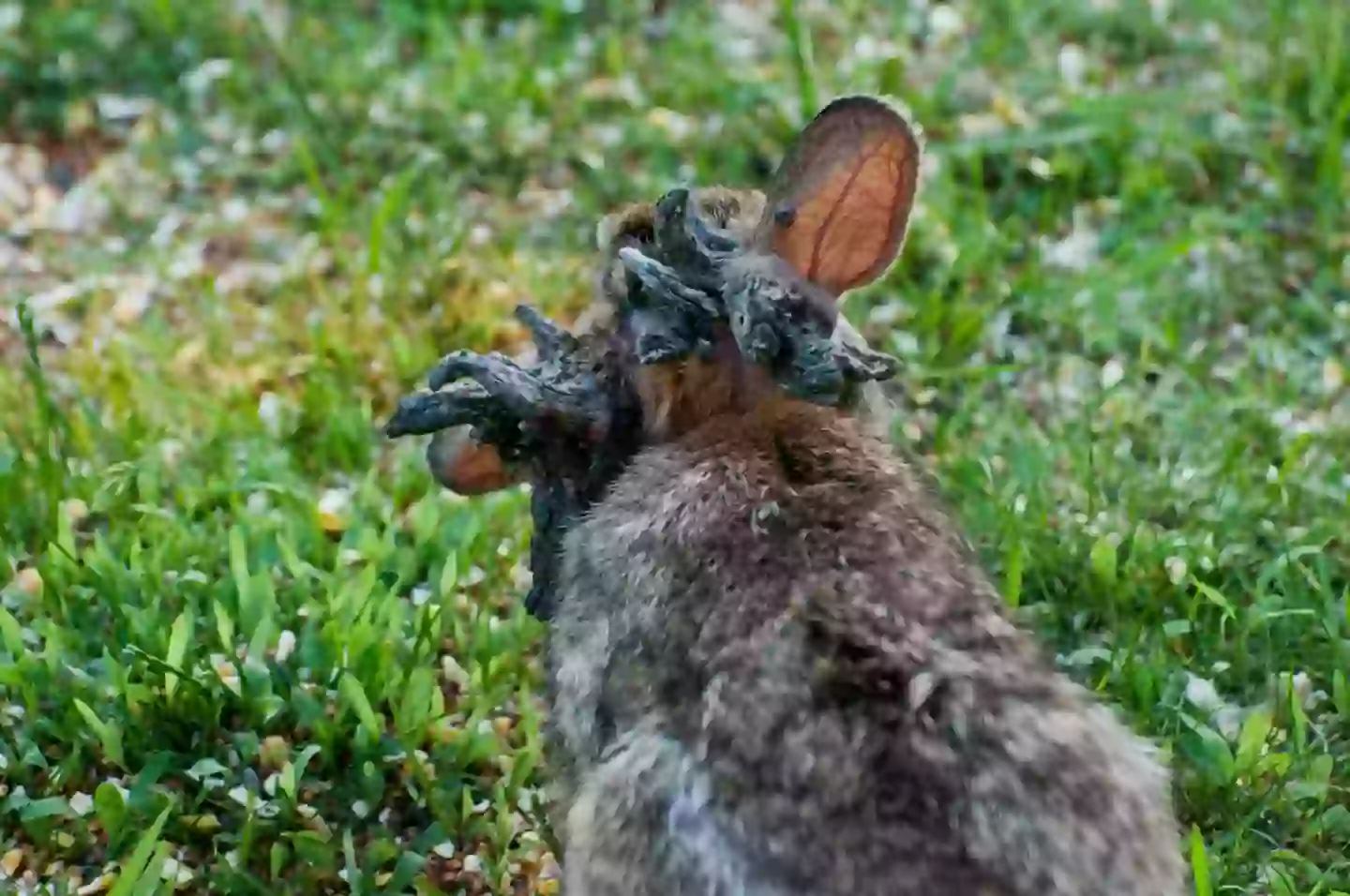
Locals have mentioned sightings of rabbits with the virus (Education Images/Universal Images Group via Getty Images)
What is CRPV?
Cottontail Rabbit Papillomavirus, also known as Shope papilloma virus, was discovered on cottontail rabbits, a species which is usually found in the Midwest of America.
They can often be found on the skin of rabbits, and while they do usually heal themselves, they can become an issue if found on the eyes or mouth, making it painful to blink or eat. And in more extreme cases, the growths can prevent the rabbits from eating, resulting in starvation.
Papilloma virus can also lead to squamous cell carcinomas developing, which is also known as cancer.
According to Pet MD, the ‘raised, red, and rough’ lesions can sprout from their ears, eyelids, neck, shoulders, abdomen, thighs, or even the feet, though they develop into black tumours.
Biting insects such as mosquitoes and ticks are responsible for transmitting the virus, which is only known to pass from rabbit to rabbit.
What have Colorado locals said about the infected rabbits?
Susan Mansfield of Fort Collins, Colorado, said to 9News that she saw ‘black quills or black toothpicks sticking out all around its mouth’.
She then claimed that she either saw more than one bunny with the condition, or saw the same one twice.
“He had the same black stuff on him, I thought he would die off during the winter,” she claimed.
Susan went on: “But he didn’t, he came back a second year and it grew some (more).”
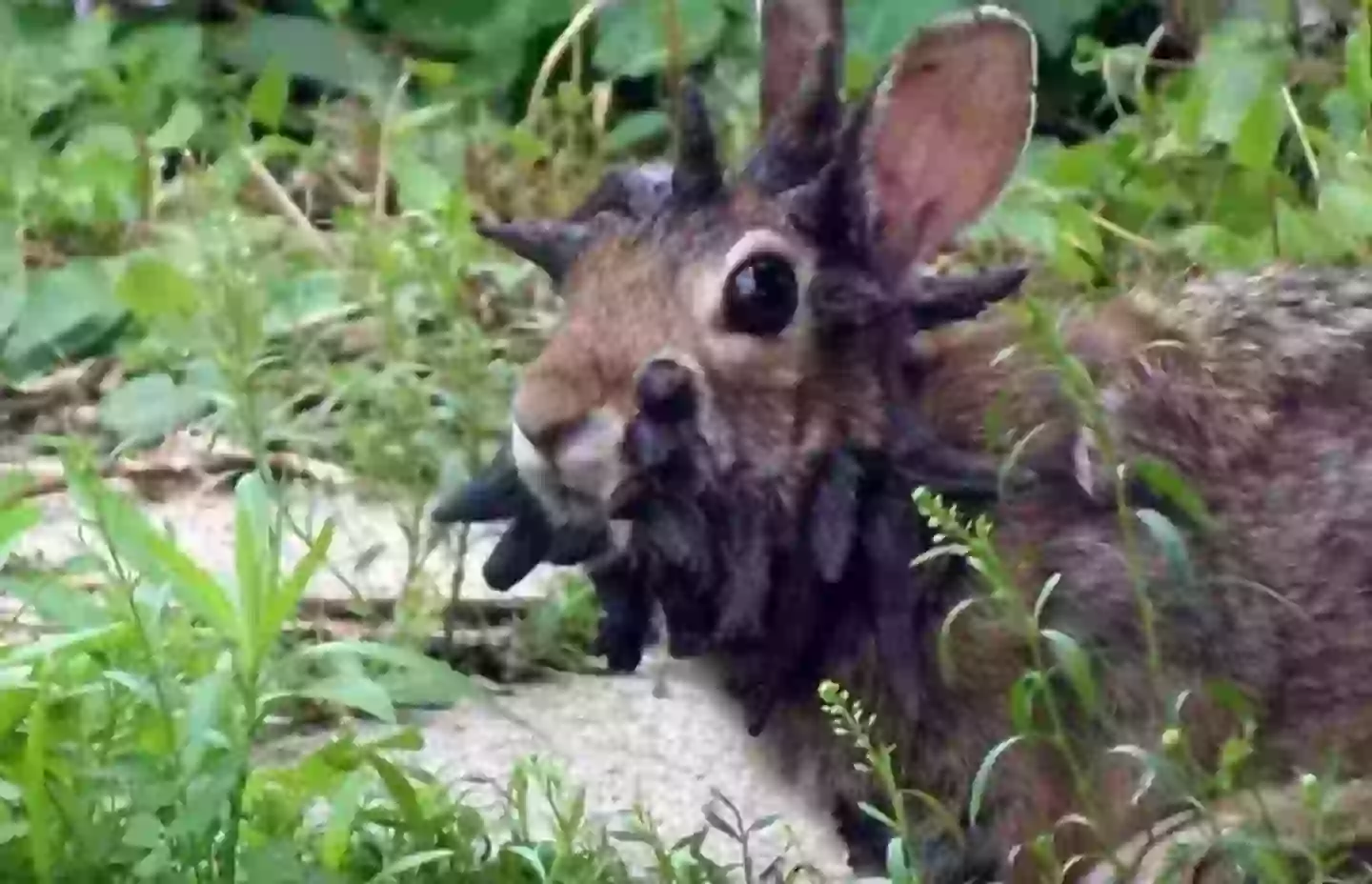
Susan says she’s seen more than one in her garden (Reddit)
How dangerous is CRPV?
Cases are rare when it comes to pet rabbits, but they aren’t impossible.
Any rabbit can pass it to another, whether they’re a pet or in the wild, and creepy-crawlies can’t be stopped when they want to bite an animal or person, unfortunately.
They also thrive in the summer season, so it’s worth monitoring your pet rabbits if you have one.
Luckily for Brits though, wild cottontail rabbits – the species most affected – mare only found in the US midwest.
CRPV is also a non-zootonic disease, meaning that it won’t pass between animals and humans, though experts have urged people not to go around touching these lesions if they encounter an infected rabbit.
